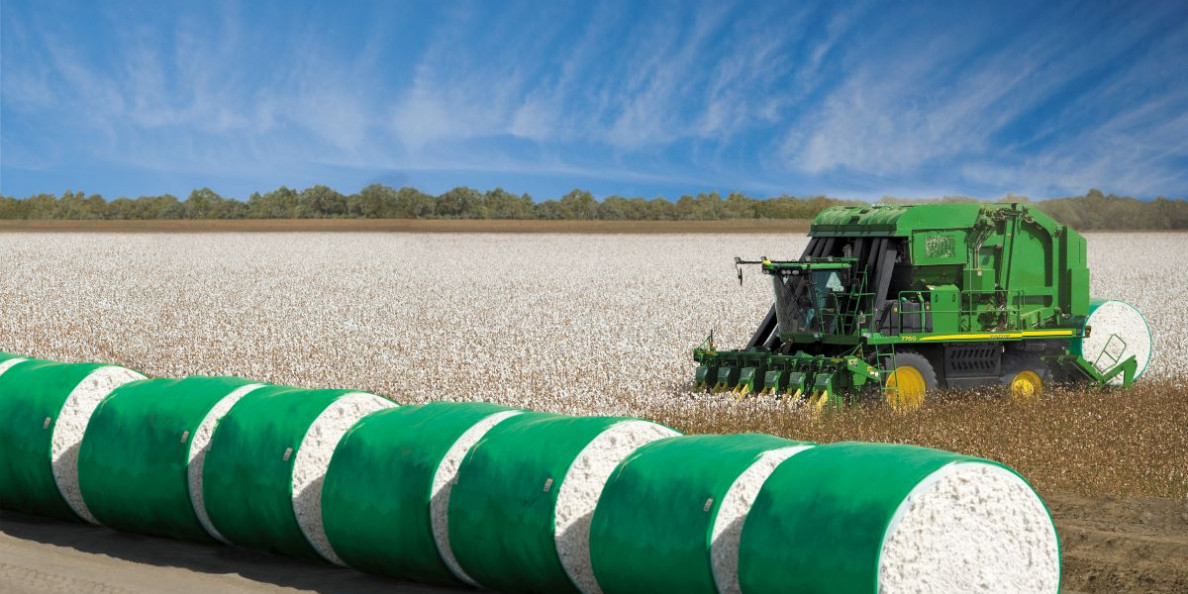For the week ending Friday, December 15, Mar’24 cotton futures gyrated sideways outside of the 81-to-82 cent range before slipping Friday to settle at 79.93 cents per pound (see chart above courtesy of Barchart.com). The new crop Dec’24 settled at 77.66 cents per pound. Chinese cotton prices and the A-Index of world prices were both flat/mixed across the week.
In other ag futures markets, old crop CBOT corn and KC wheat both showed a modest down-trend across the week, while CBOT soybeans rallied, reversed, and traded sideways. The U.S. dollar index traded flat/lower, fell off a cliff, and traded flat/higher. Other macro influences (i.e., GDP, inflation, and interest rate policy) remain a potential headwind to longer term cotton demand.

Cotton-specific influences were frankly hard to see this week, other than a lousy U.S. export sales report (as of December 7) despite seemingly competitive lower prices. This does not reflect the expected response. Actual export shipments remain below the needed weekly average pace, but this is seasonally normal. USDA’s weekly summary of the U.S. regional markets continued to reflect mixed spot physical trading activity and very light to moderate demand, across the U.S. regions. Several other standard predictors of U.S. cotton demand are mixed, e.g., falling certified stocks with historically low levels of on-call sales.
ICE cotton futures open interest was flat/mixed across the week. The regular Tuesday (December 12) snapshot of speculative positioning showed long speculation with 1,907 additional hedge fund longs reinforced by 2,978 fewer (covered) hedge fund shorts, week over week. In addition there was a small net decrease in index fund longs by 252 contracts compared to the previous Tuesday.
For more details and data on Old Crop and New Crop fundamentals, plus other near term influences, follow these links (or the drop-down menus above) to those sub-pages.
Πηγή: TAMU

